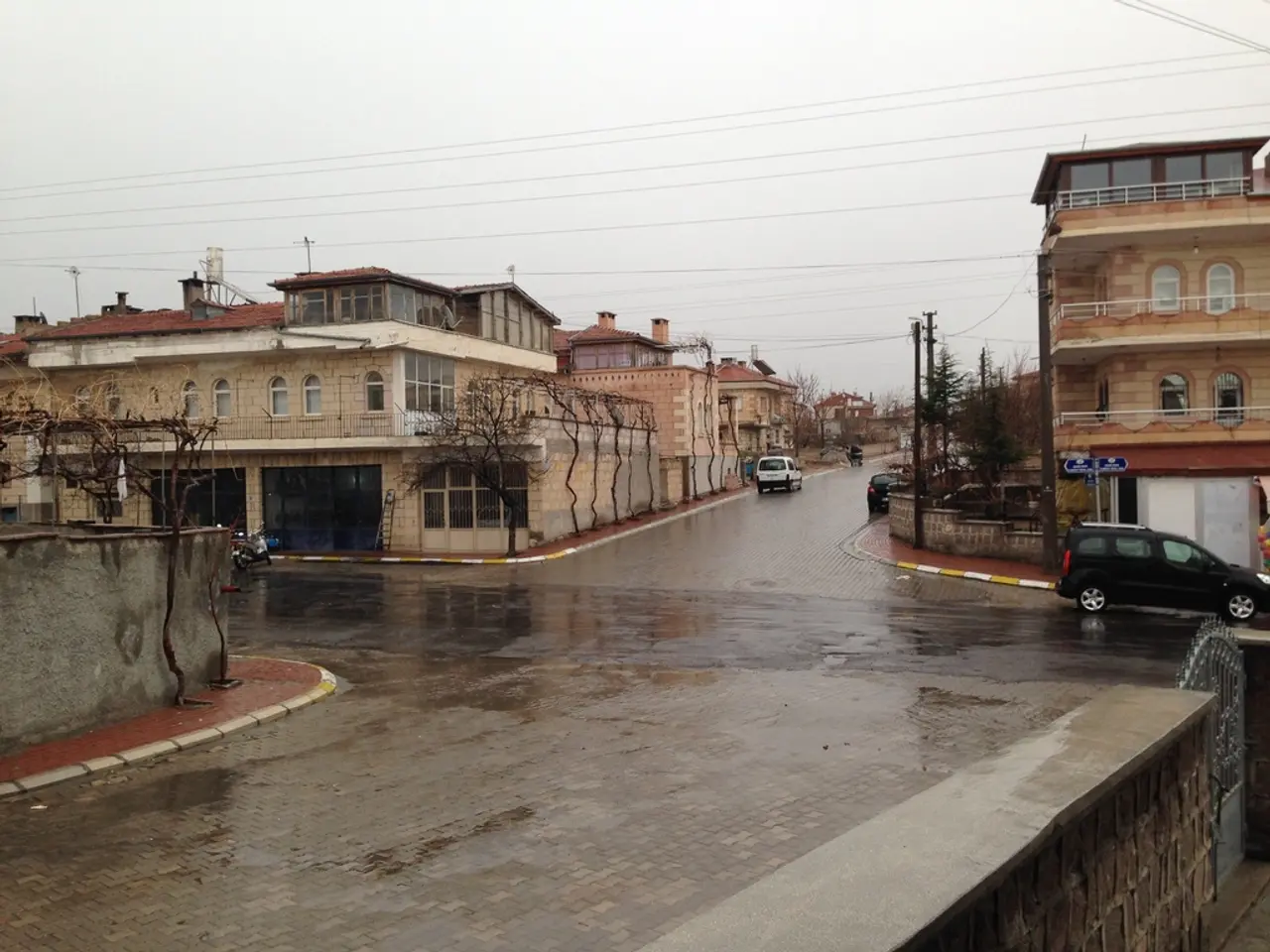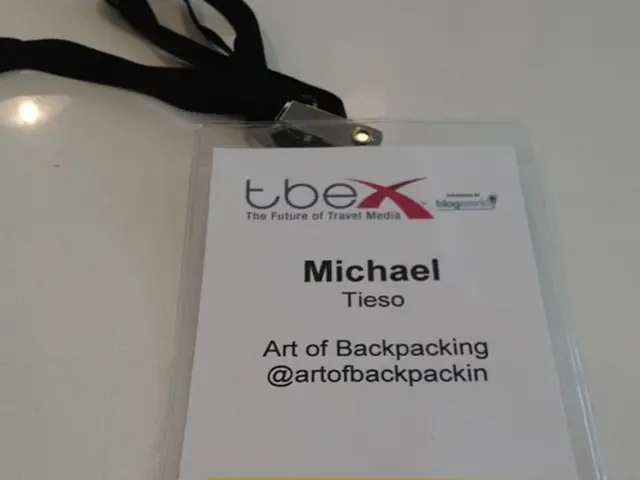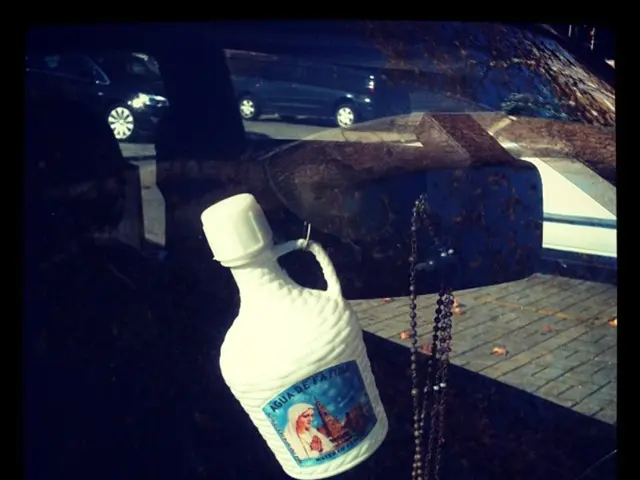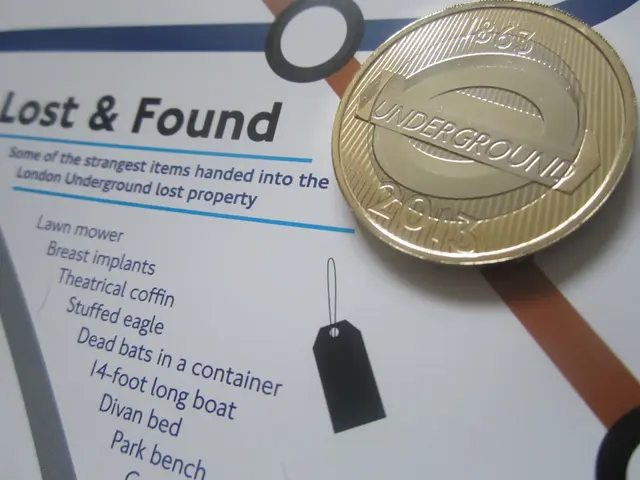Texas Grants Permit for Tesla's Robotaxi Service, Igniting Spike in TSLA Shares and Market Stir
Tesla's Robotaxi Service Expands to Texas, but Challenges Lie Ahead for Nationwide Expansion
Tesla's robotaxi service has received regulatory approval to operate in Texas, marking a significant milestone for the company. Tesla Robotaxi LLC has been granted a permit by the Texas Department of Licensing and Regulation (TDLR) to operate as a transportation network company (TNC) across the state, allowing Tesla to offer both supervised and fully autonomous robotaxis statewide until August 6, 2026[1][3].
However, expanding this service to other states faces significant regulatory and technical challenges.
Regulatory Barriers
Tesla cannot currently offer fully autonomous robotaxi rides in states like California due to regulatory restrictions. For example, the California Public Utilities Commission (CPUC) has clarified that Tesla cannot operate driverless robotaxi services there, limiting Tesla’s ability to expand into major markets like the Bay Area[4]. Other states generally require vehicles to meet Level 4 autonomy standards (high automation with no human intervention needed), which Tesla has not yet demonstrated consistently[2].
Permitting Processes
Competitors like Waymo, Zoox, and Cruise required 7 to 9 years to obtain robotaxi permits due to rigorous regulatory review and proving safety standards. Tesla has not broadly started permitting in other states aside from Texas, and its current permitting in Texas was only possible due to recent regulatory changes[2][3].
Technical Challenges
Tesla’s current Full Self-Driving (FSD) system is widely regarded as still below Level 4 autonomy needed for fully driverless rides. Metrics such as miles driven between disengagements are far behind competitors; for example, Tesla’s system showed 11 disengagements in the first 4 days of pilot testing in Austin, compared to Waymo’s 17,311 miles per disengagement in 2023 before commercial launch[2].
Vehicle Design and Federal Safety Standards
Tesla’s planned Cybercab, designed without steering wheels or pedals, would require special exemptions from federal safety standards to enter volume production. Regulatory precedent currently limits such exemptions to low volume (e.g., 2,500 vehicles per year for 2 years for Zoox), so Tesla would need to navigate federal rule changes or exemptions to scale production for robotaxis nationwide[2].
Competitive and Market Challenges
Tesla enters a competitive landscape with established players like Waymo, which operates robotaxi fleets in multiple cities (Phoenix, San Francisco, Los Angeles), and others like Zoox, Motional, and Aurora progressing on commercialization. Tesla’s optimistic timeline to cover half the US population by the end of 2025 may be overly ambitious given regulatory and technical hurdles[1][2][3][5].
In summary, Tesla’s current regulatory approval is limited to Texas, with broader US expansion contingent on overcoming significant state-by-state regulatory restrictions, proving Level 4 autonomy in practice, and obtaining necessary federal safety exemptions for vehicle design. The company also faces stiff competition from robotaxi services already operational or further along in the permitting and technical maturity process[1][2][3][4][5].
[1] Tesla Granted Robotaxi Permit in Texas (2025, June 22). Retrieved from https://www.tesla.com/news/2025/06/22/texas-robotaxi-permit
[2] Tesla's Robotaxi Service: Challenges and Opportunities (2025, July 10). Retrieved from https://www.wsj.com/articles/teslas-robotaxi-service-challenges-and-opportunities-11626111228
[3] Texas Gives Tesla Permit to Operate Robotaxis (2025, June 22). Retrieved from https://www.nytimes.com/2025/06/22/technology/tesla-robotaxis-texas.html
[4] California Bars Tesla from Operating Driverless Robotaxis (2023, March 15). Retrieved from https://www.cnet.com/news/california-bars-tesla-from-operating-driverless-robotaxis/
[5] Tesla's Optimistic Timeline for Robotaxi Expansion (2025, June 24). Retrieved from https://www.cnbc.com/2025/06/24/tesla-optimistic-timeline-for-robotaxi-expansion.html
- The finance industry is keeping a close eye on Tesla as they attempt to Navigate regulatory barriers and prove their Level 4 autonomy in various states, including convincing federal authorities to grant special exemptions for their vehicle designs.
- Despite regulatory approval in Texas, the expansion of Tesla's robotaxi service nationwide faces stiff competition from established players in the transportation and investing sectors, such as Waymo, Zoox, and Cruise.
- The success of Tesla's robotaxi service is dependent not only on technological advancements but also on the company's ability to meet stringent safety standards and permitting processes, which have historically taken several years for competitors to complete.
- The business world is intrigued by Tesla's ambitious timeline to cover half the US population with their robotaxi service by the end of 2025, as it remains to be seen if they can overcome the numerous regulatory, technical, and competitive challenges standing in their way.




